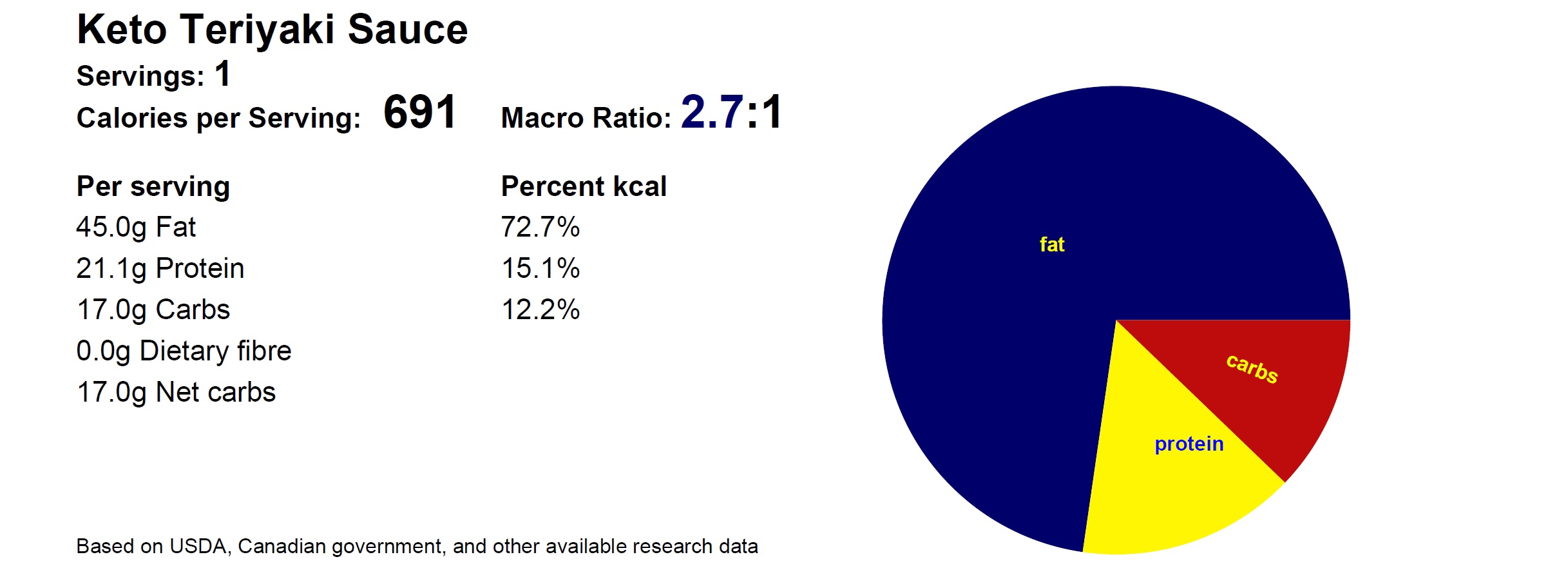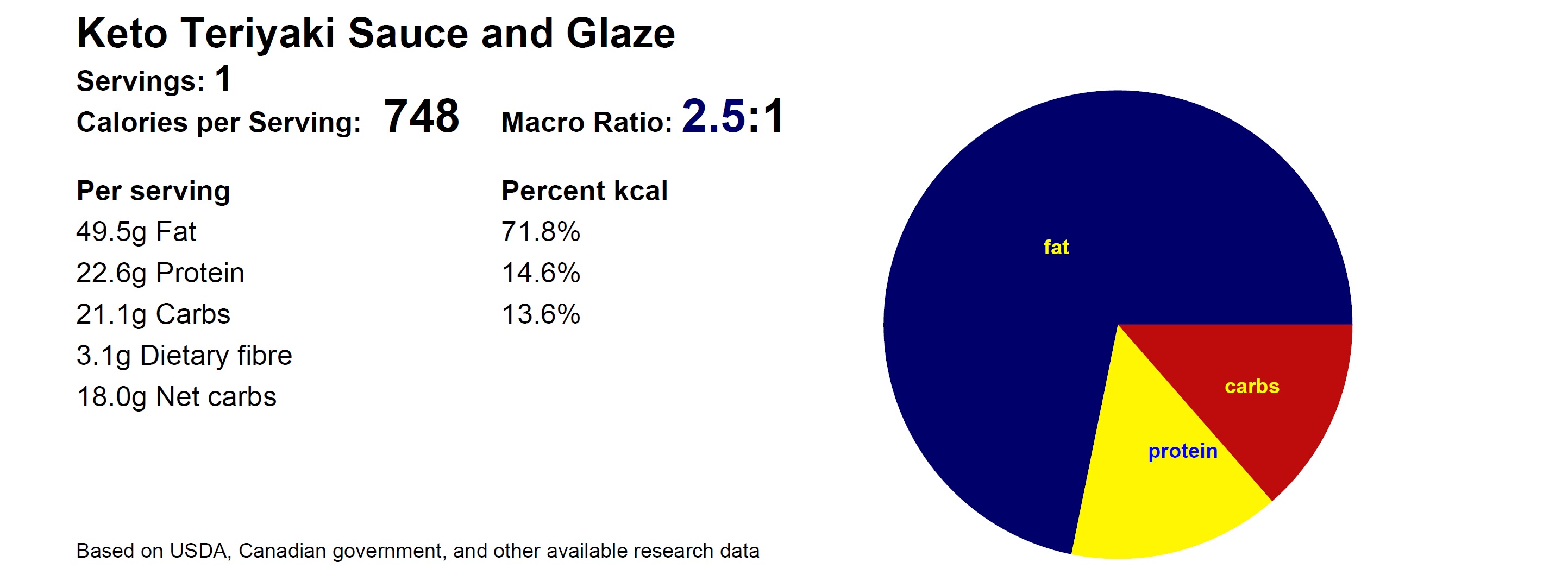1. Peel and cut the garlic and ginger into small cube shapes
2. To a small pot add the sesame seed oil and the olive oil, heat the oil until the oil begins to sizzle at the perimeter of the pot and then add the cubes of garlic and ginger
3. Cook over medium heat for about 2 minutes to flavor the oil
4. Add the granular Lakanto Gold, or similar granular sweetener, to the oil
5. Stir and continue cooking over medium low heat until all the sweetener has dissolved
6. Add the other liquid ingredients, the tamari and the sake. Stir well to combine
7. Increase the heat back to medium to achieve a very light boil, and then reduce the heat to maintain a simmer. Cook for 20 -30 minutes to reduce the liquid a bit
8. Divide the sauce into two equal parts and pour the first into a glass sealable container. Set aside and use the second batch to make the thick glaze (or you can use the entire sauce to make a larger batch of glaze)
9. To the second half of the sauce, optionally add the sesame seeds
10. Add the glucomannan and stir right away to prevent clumping
11. Reduce heat to low and cook until the sauce comes to a liquid honey consistency. Remove from heat and store in a sealable glass container with (optionally) the sesame seeds in the glaze
12. Alternatively, immediately after cooking, while still very hot, strain through a fine sieve to remove the sesame seeds for a clear glaze


You must be logged in to post a comment
All rights reserved © Angela Wilkes 2017-2025 Privacy Policy
kazy
August 3, 2021 @ 3:21 pm
is glucomannan a 1:1 ratio for cornstarch when thickening Asian sauces? And if not, what is the ratio? I often see great Asian recipes on the Internet and they’re all low carb except for the cornstarch, so I’m trying to find a low carb substitute for cornstarch.
Angela Wilkes
August 4, 2021 @ 6:12 am
Hello!
Glucomannan is not a direct 1:1 substitute for corn starch. You need much less glucomannan. I’m sorry that I don’t know a ratio for substitution, because it also depends whether you’re using the glucomannan as a thickener for liquids, or as a sort of gluten substitute or binding agent in baking. I will give your question some thought – if I do find a definitive answer, I will respond again.
Have a great day!
John-Mark
March 22, 2022 @ 7:09 pm
I’m sorry, I haven’t made your recipe, but what is “cooking grade” sake, and where would I expect to find it? Is it the sake version of “cooking wine”?
Also, the software you are using is forcing me to rate your recipe in order to post my question (it gives me an error message and demands that I return here and correct my error), which is unfair to both of us, as I haven’t yet made your recipe, so any rating I give it would be a lie. But as I said, I am given no choice, thus the 3 star rating. If I am missing something here, please let me know.
Thanks for the recipe; I hope that I can try it soon.
Angela Wilkes
March 23, 2022 @ 7:18 am
Hi John-Mark,
Thank you for letting me know about the review issue – we will look into it and try to disable it when we get a chance.
Sake comes in various degrees of quality, like wine does. Cooking grade sake is quite inexpensive compared to sake that your would drink. I live in Canada and I find that I just get a really cheap sake at our local liquor stores, because I do not have a Japanese grocery anywhere near where I live. Get a dry or extra dry sake.
Thank you for taking the time to pose your question – I hope that you will like the teriyaki sauce!